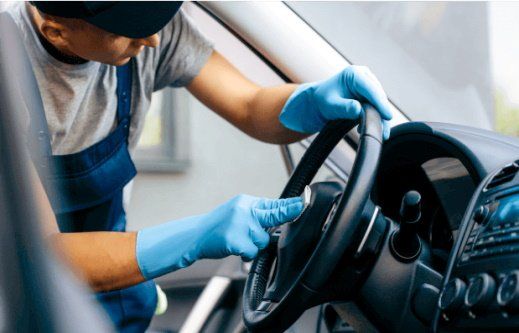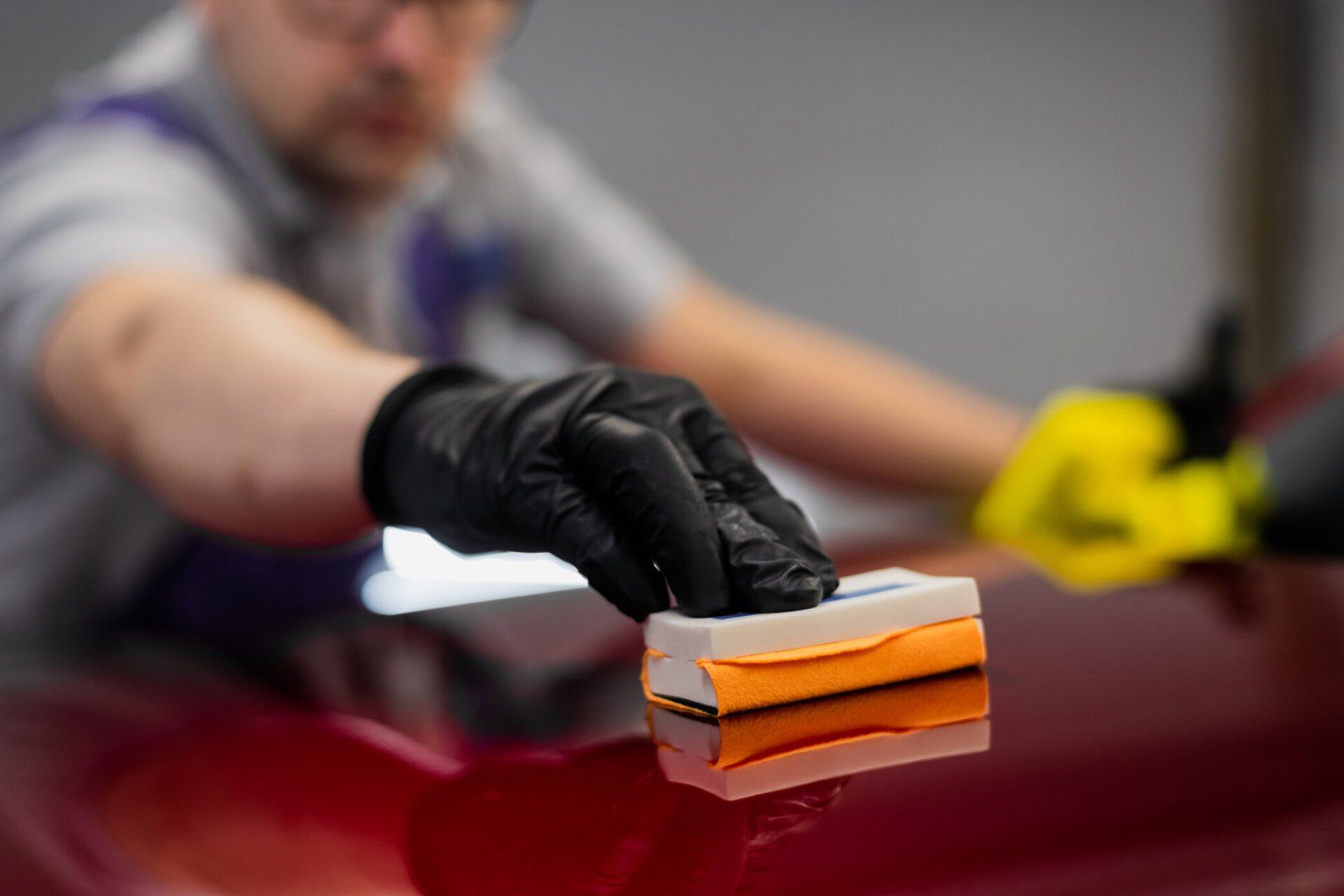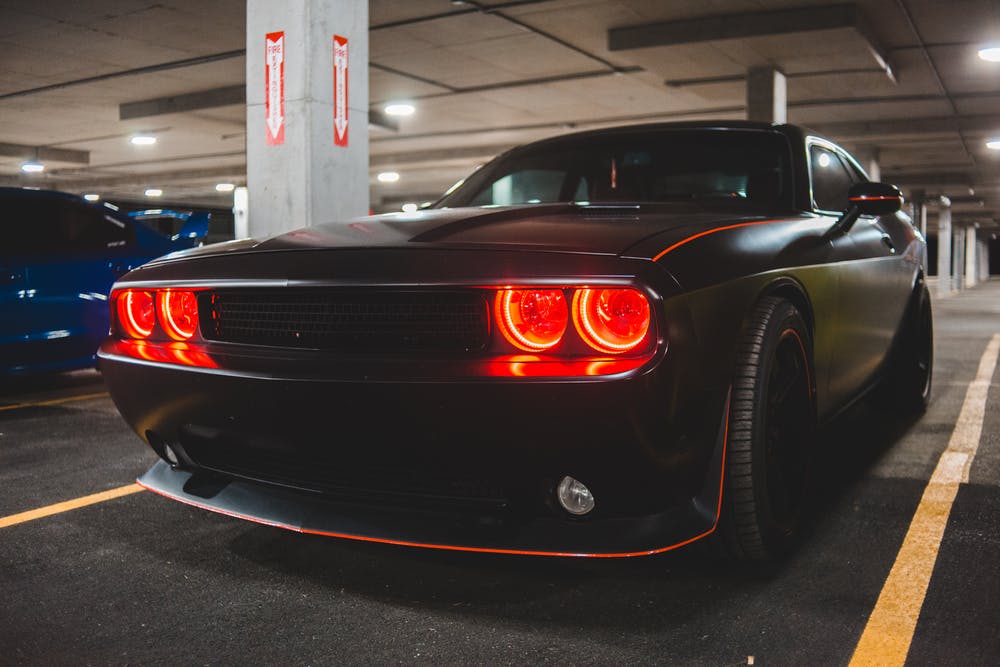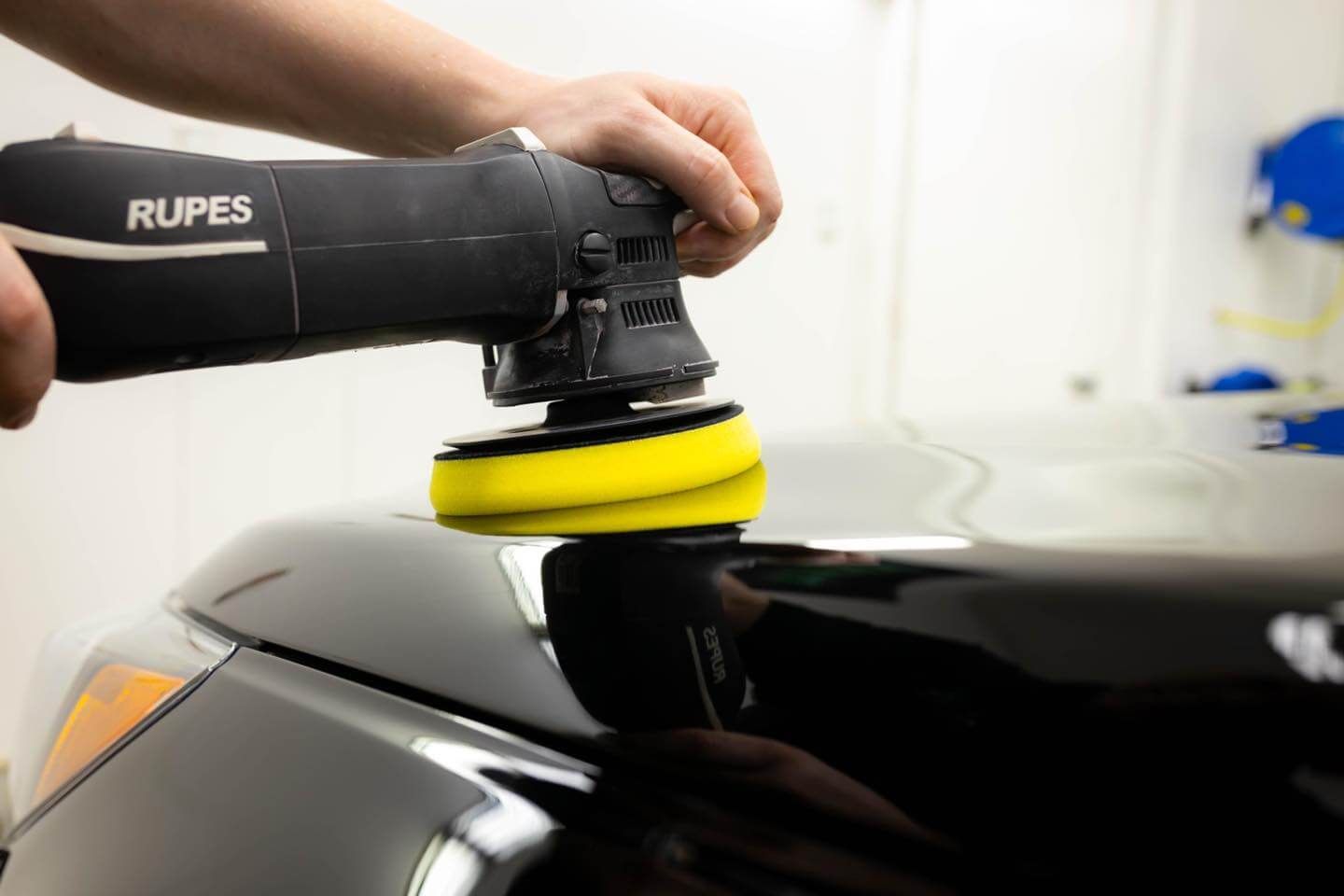Car maintenance should be a top priority for any car owner. After all, caring for your car ensures that it can care for you. Good machinery will only work properly if it is well maintained. Maintenance, however, does not stop with regular mechanic visits for tune-ups. It includes both the exterior and interior of your vehicle. Attention to the headlights, paint and trim distinguishes between a car that glows like new over time and one that ages.
There are two primary options for accomplishing this: car detailing and car washing. Below is a more in-depth look at the differences between the two techniques, the benefits of each, and how to determine which one is best for you.
What is Car Washing?
Car washing is a much easier technique to master than car detailing. It entails washing the outside of your vehicle. In some cases, it also entails vacuuming the floors and seats of your vehicle.
The majority of car owners recognize that a regular car wash is a simplified version of a car detailing service. The main purpose of a basic car wash is to get rid of dirt, salt, tar, and other debris from the exterior of your vehicle. You can wash your car yourself at home or at a conventional car wash. At a standard car wash, you can choose between an automatic and a hose wash. Alternatively, you can have your car expertly hand-washed.
Typical car washes last between 10 and 15 minutes. Professional hand washing, on the other hand, frequently takes longer. The fee for hose-washing your car yourself is quite low. Nonetheless, even if you choose a professional hand wash, the cost is still very low. However, washing your car at least once every few weeks is essential to ensure that nothing damages the paintwork.

The Car Washing Process
The fundamentals of car washing are simple. You rinse the car first, then soap it up, and finally, rinse it again. Professional hand washing experts, on the other hand, will do it with greater care. First, they apply soap ahead of time and let it soak in. They will then scrub your car thoroughly before rinsing it. When they hand wash, they should be able to get into the crannies and nooks.
Automatic car washes focus on the same steps using powerful automatic sprays, stiff cloths, and brushes. Furthermore, most standard car washes offer additional services. Spray-on waxes, undercarriage washes, and wheel cleaning are examples of these.
What is Car Detailing?
Car detailing, as opposed to car washes, is a much more involved process. Its primary goal is to provide long-term maintenance of a "new car" appearance throughout the life of the vehicle. It also increases the resale value of your vehicle and reduces wear and tear. Although there are DIY auto detailing guides available, you should leave auto detailing to the professionals.
Professional auto detailing services include a deep clean of the exterior and interior of your vehicle in addition to the traditional wash, wax, and vacuum processes. Other cars detailing services include headlight restoration and carpet shampooing.
The entire process could take several hours or even a whole day. Furthermore, the cost of professional auto detailing is significantly higher than that of a traditional car wash. Fortunately, car detailing is only required once a year or twice a year, though waxing is recommended on a regular basis.
The Car Detailing Process
Professional car detailers, like regular cleaners, will wash and dry your vehicle. They will also use special cleaning products and brushes to remove brake dust and other environmental debris from the wheels. They will also use a clay bar to remove debris that has bonded to the surface of your vehicle. They will also perform paint correction processes such as polishing and glossing your paint job if necessary to remove oxidation and scratches.
Auto detailing also includes applying a sealant to your vehicle to protect it from the elements. It also entails buffing and waxing your car to make it shine, as well as doing the same for the trim and thoroughly cleaning the glass.
Following that, your expert car detailer will concentrate on the interior of your vehicle. They will deep clean every crevice in your car's interior and, if necessary, apply a protective leather conditioner. They will also treat and shine the rest of your vehicle. Professional car detailing also includes cleaning the engine bay, which aids in the performance of your vehicle.
Car Washing vs. Car Detailing
The main distinction between car washing and car detailing is forward planning. The next year of your vehicle's life is considered when detailing it. Your vehicle's entire exterior has been buffed, polished, and protected. To extend the life of the upholstery and carpets, they are professionally shampooed, and a protective coat is applied to the paint to prevent damage.
While these methods differ, they complement one another and should be included in your overall car maintenance plan. For example, if you get your new car washed every couple of weeks and professionally detailed once or twice a year, you will significantly extend its life and retail value.
Do You Want to Hire the Best Auto Detailing Services in Rochester, MN? Welcome to Five Star Automotive Detailing
You've come to the right place if you're looking for professional auto detailing experts in Minnesota. Five Star Automotive Detailing is a well-known auto detailer in the industry. For several years, our team of highly trained, insured, and licensed experts have provided excellent car wash and detailing services to satisfied clients in Rochester, MN, and the surrounding areas.
So, if you're looking for high-quality ceramic coatings, detailing services, and paint correction in Minnesota, look no further. We go above and beyond to ensure complete customer satisfaction on every job.
Visit Five Star Automotive Detailing in Rochester, Minnesota for more information on the distinction between car washing and detailing. You can also make an appointment by calling 507-213-3561 today.






